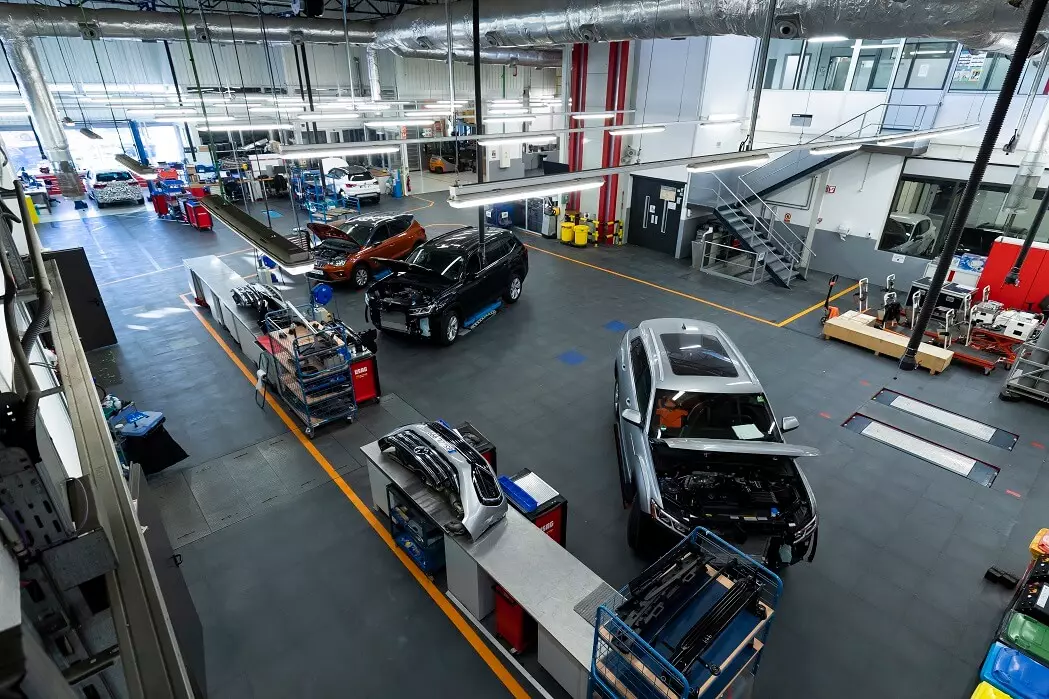Located at the SEAT Technical Center, the SEAT engine test center is a pioneering center in southern Europe and represents an investment of more than 30 million euros made over the last five years.
The facilities are made up of nine multi-energy banks that enable internal combustion engines (gasoline, diesel or CNG), hybrid and electric, from the development stage to their approval.
These tests make it possible to ensure that the engines meet not only the quality requirements imposed by the various Volkswagen Group brands (yes, the center is used by the various brands in the group) but also the requirements in the chapter on emissions, durability and performance.

The fact that the SEAT engine test center includes a climate chamber (capable of simulating extreme conditions, between -40°C and 65°C in temperature and up to 5000 m high) and an automated tower helps a lot. with a capacity of 27 vehicles, which keeps them at a stable temperature of 23°C to ensure they are in great condition to be tested.
Day and night
As we told you, the SEAT engine test center is used to test engines used by all brands in the Volkswagen Group. Perhaps for this reason, 200 people work there, divided into three shifts, 24 hours a day, six days a week.
Among the various engine testing systems that can be found there, there are three benches for durability tests where it is possible to test engines up to 200 thousand kilometers without pauses.
Finally, the SEAT engine test center also has a system that recovers the energy generated by the cylinders and returns it as electricity for later consumption.
Subscribe to our newsletter
For Werner Tietz, vice president of R&D at SEAT, the SEAT engine test center “consolidates SEAT's position as one of the most advanced vehicle development facilities in Europe”. Tietz also added that “the new engine installations and the high technical capacity of the equipment allow testing new engines and calibrating them during their development phase to ensure better performance (…) with a special focus on hybrid and electric engines” .
